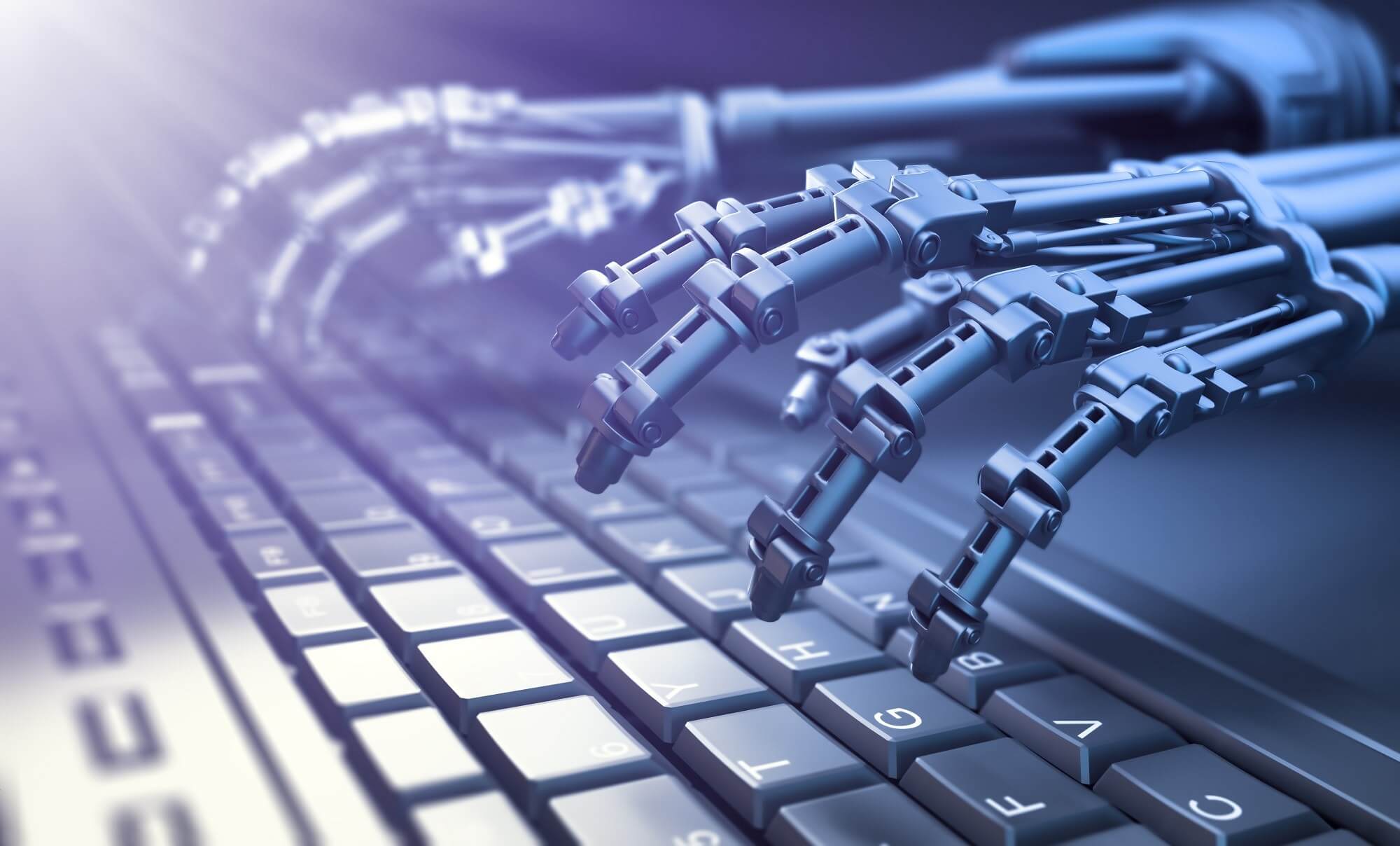If you're over a certain age, you'll probably know that people have been foretelling the death of the PC for many years, yet our favorite platform isn't going anywhere. For many it's simply morphed into a smaller form factor, handheld devices that they carry with them at all times.
But in the more strict sense of what a PC is, the desktop environment, it remains to this day the best option for productivity, content creation, and even gaming. But what does the future hold for the desktop PC, and what kind of experiences can we expect when using one in 2025 or 2030?
In this first part of our "Future of Tech" series, we'll call some predictions about the next generation of PCs. Rather than dreaming far into the future, we'll try to go for the practical and feasible... evolutionary steps that we could easily see happen in the next five to fifteen years.
The Elusive 'Instant On' Function
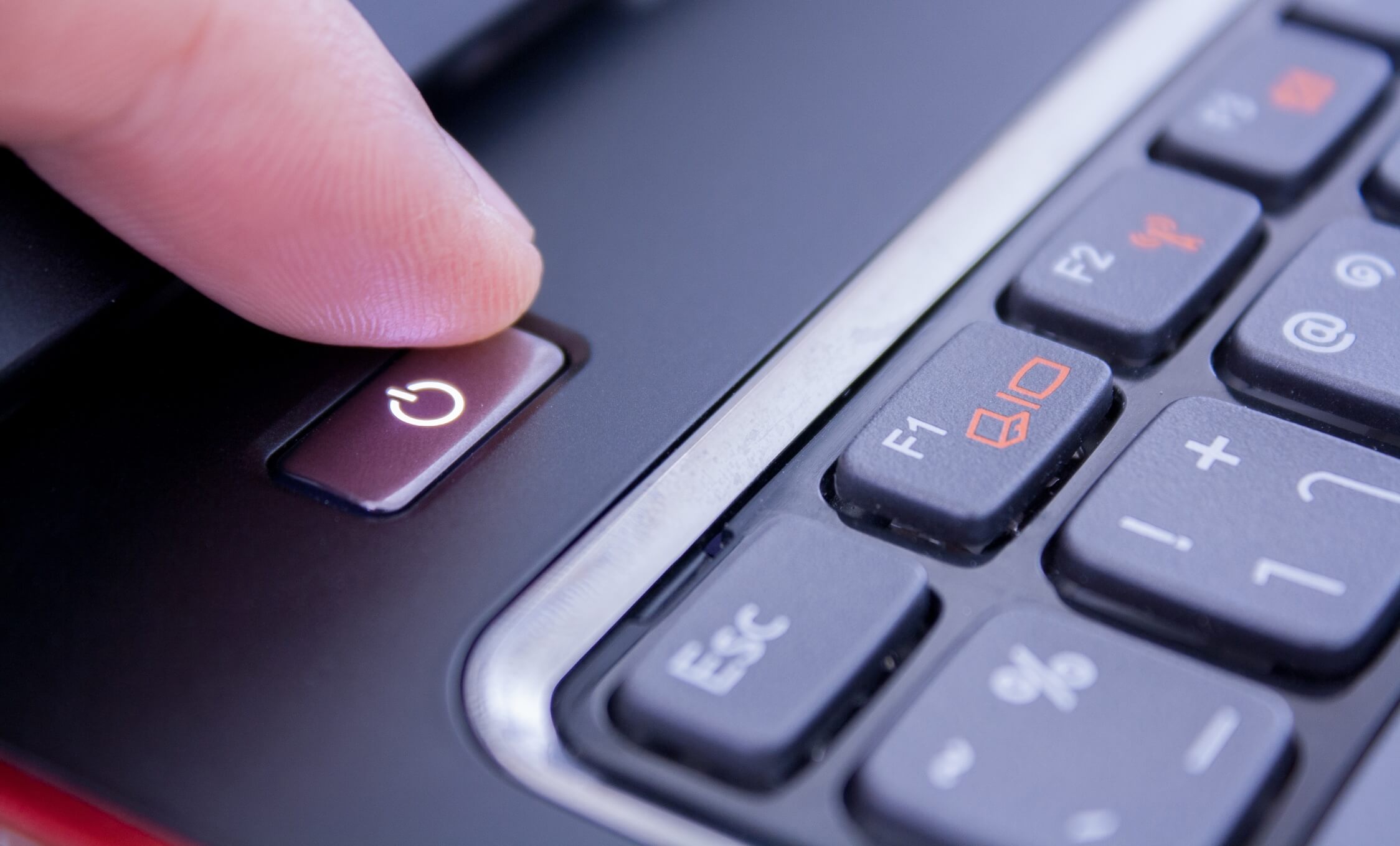
Long gone are the days of turning on your PC and having enough time to go downstairs, make some coffee, take the dog out, and return to your chair just in time to see it boot to desktop. In the modern era of solid-state drives, PCs are so much faster but we're still not at an instant-on level where a desktop or laptop is booted and ready to go as soon as your finger moves off the power button.
However we're slowing getting closer to that holy grail of PC startup sequences – Tom's Hardware managed to get a PC to boot to Windows 10 in 4.9 seconds last year, a feat it achieved using an Optane drive from Intel and some impractical config decisions.
In five to ten years, advancements in storage solutions, along with motherboards, CPUs, and RAM could mean the instaboot feature becomes a reality---or at least drop boot times to under a couple of seconds. And let's not forget Windows on ARM devices which might become the first to hold the title of true instant-on PCs.
While not entirely the same thing, tablets and smartphones already provide instant access to what is essentially a computer thanks to their power-saving and low-power state features. But will a smartphone ever truly replace a PC? Which leads us nicely onto...
Desktop PC in your Pocket
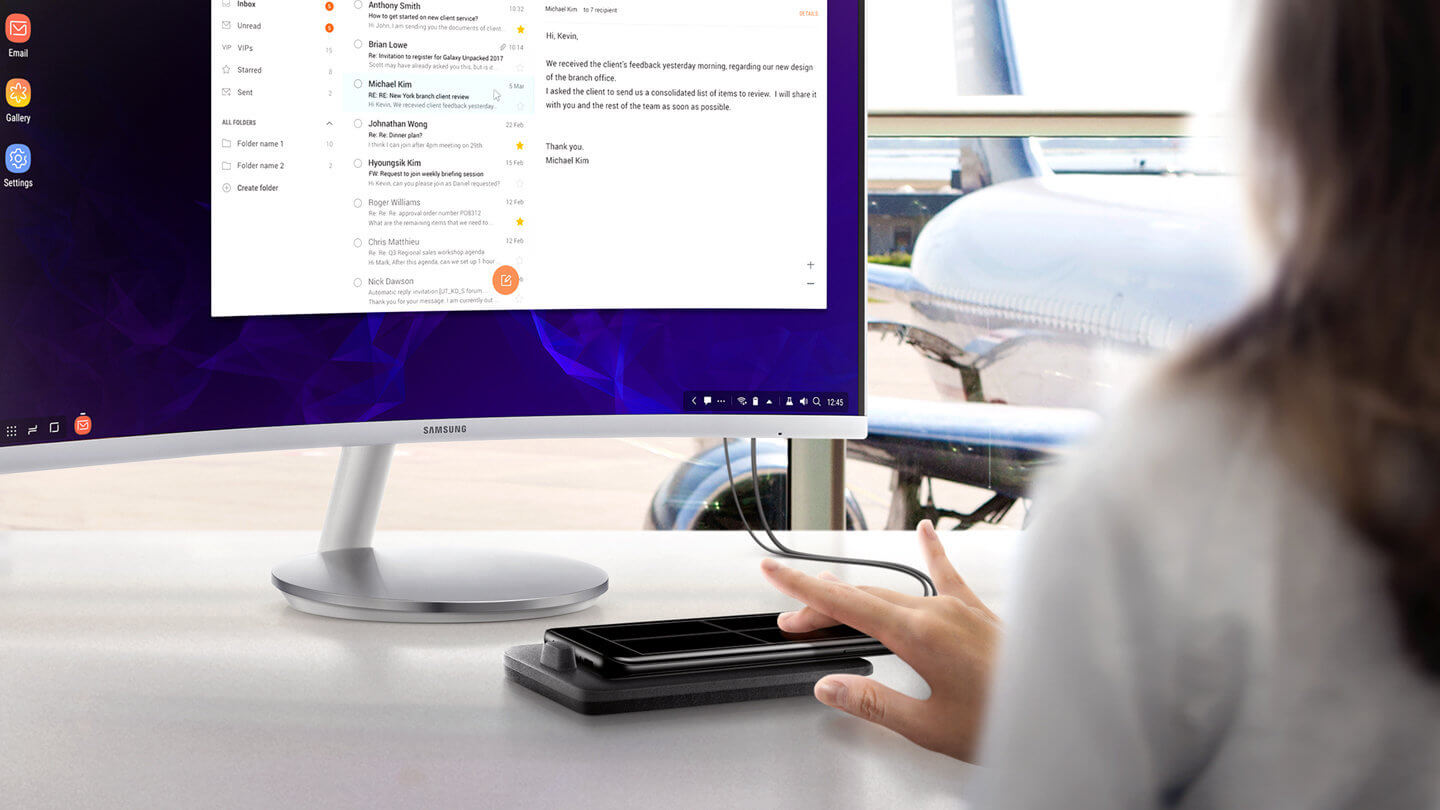
Smartphones are increasingly more powerful and in some instances pack more peak raw performance than many laptops. The 7nm manufacturing process is already used in Qualcomm's Snapdragon 855, Apple's A12, and Huawei's Kirin 980, and it's thought that 5nm SoCs will arrive next year, followed by 3nm in 2022, bringing more power and efficiency to handhelds.
Companies have been trying to bridge the gap between PCs and smartphone using accessories such as docking stations for years, with varying levels of success. Samsung has been pushing its DeX platform, which offers a desktop-like experience by connecting one of its flagship phones to a monitor and using an optional keyboard/mouse. DeX isn't most people's idea of PC replacement, but it continues to evolve with new features and iterations.
Other recent attempts to marry smartphones' functionality with your desktop environment include macOS' continuity and Microsoft's 'Your Phone' app, so you can authenticate, answer phone calls, send messages, or seamlessly take photos and transfer them to your desktop workflow.
Ultimately, for all their power, smartphones continue to be used primarily as consumption devices rather than for creating content---a job that's still best suited for PCs. It's unlikely that these roles will change in the foreseeable future due to natural form factor and usability restrictions. Thus the PC will remain the best option for artists, audio/visual creation, AI, gamers, and coding, but not necessarily because of its faster hardware or even software.
Your smartphone could power larger desktop-class peripherals as it's tried to do before with little success, but the key would be about moving all the processing to the cloud, streaming and downloading any needed software on the spot. Streaming...
A Streaming Future
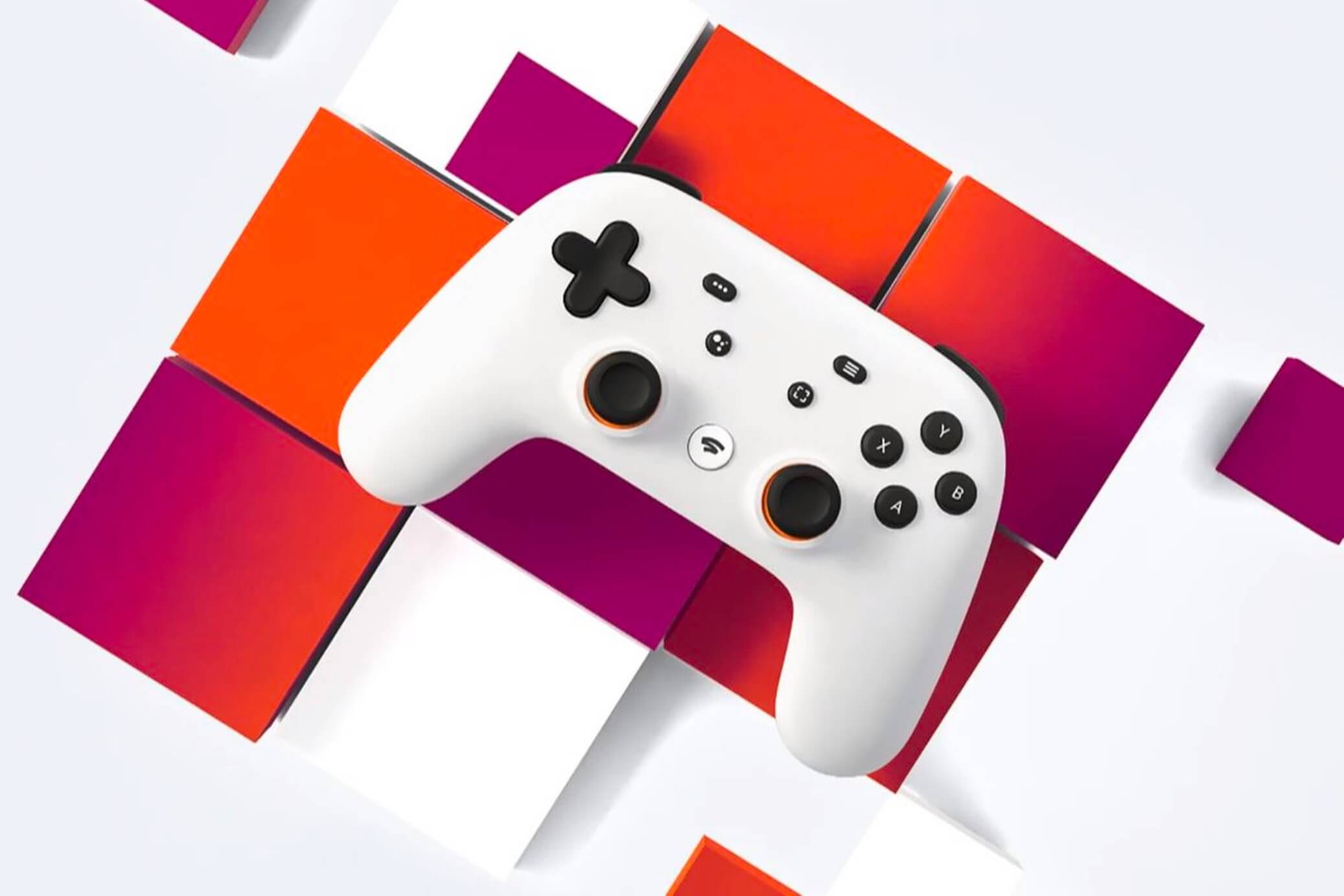
It can't be underestimated how much high-speed internet connections have the potential to influence the PC landscape. In addition to changing how PCs store data, they could alter the very fundamentals of how a PC operates. Take, for example, Google's cloud-based Stadia platform. The company says the upcoming service will support 4K HDR streaming at 60 frames per second at launch and plans to offer 8K/120fps support in the future. And all Stadia requires is a device with a Chrome browser and an internet connection---that sort of performance would normally require a PC costing many thousands of dollars and packed with high-end hardware.
This begs the question: how will streaming affect the future of the PC? Will cutting-edge hardware even be necessary? It's easy to envision a future where your desktop PC is a dumb machine with limited capabilities, the heavy processing work being carried out in the cloud and streamed back to the machine---which could mean cheap PCs that perform better than what we have today.
Microsoft's next Xbox lineup will reportedly include something similar: a low-power device that will only stream games from the cloud, with just a small part of the game processed locally.
When it comes to game streaming, there are still issues over the all-important lag and the amount of content. But if we can manage 4K and 8K streams for real-time gaming, we don't see how the same technology couldn't be applied to workstation type of work that requires far less visual fidelity, but potentially much more processing power, all of which could take place elsewhere, while your local hardware only does the basics.
The Rise of Powerful and "Dumb" All-In-Ones
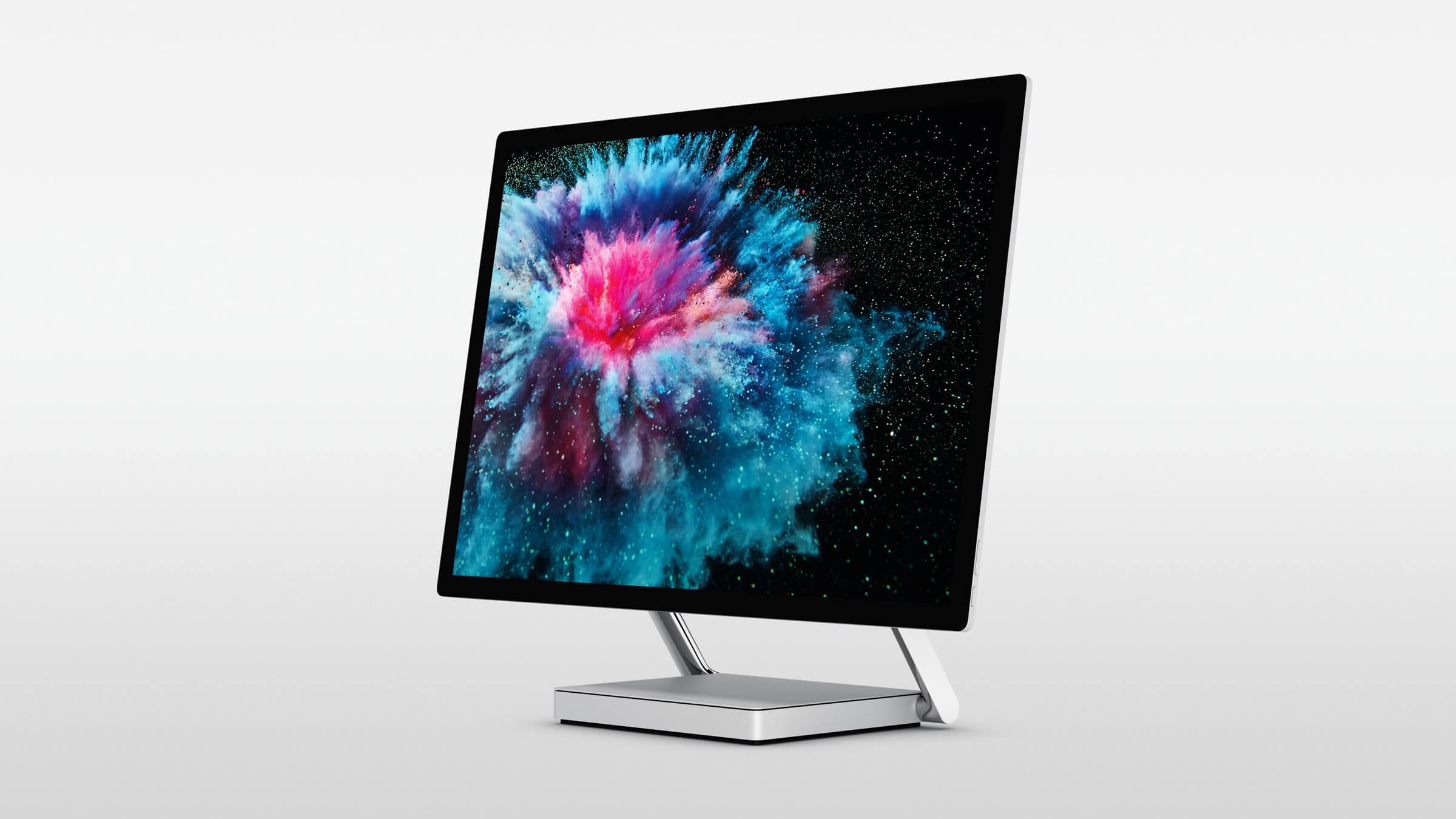
All-in-one PCs are nothing new, but we see them going in two opposite directions.
Thanks to shrinking component sizes and demand from gamers, we've seen them become a viable option for gamers only in recent years. For work, Apple iMacs have shown that there is a market for these types of machines and their recently refreshed lineup includes the near $15,000 iMac Pro, which boasts the likes of a Xeon W CPU and 128GB of DDR4 EEC memory. A recent Dynabook-branded AIO from Sharp was recently spotted packing an 8K/120Hz 31.5-inch display that is undoubtedly targeted for the workplace, too.
It's likely that the cost of these AIOs will decrease while the hardware becomes more powerful and smaller. We can also expect to see more examples of large screen sizes, increased resolutions, and touchscreens.
In the opposite end of the spectrum, we can also expect to see super-affordable consumer AIOs packing very basic hardware with a large screen and input devices. For those after a PC for general use, these "dumber" desktops could leverage your smartphone SoC and streaming whenever you need more horsepower to run certain software.
As for AIO gaming, might consumers be enjoying their game libraries on 50-inch, 8K displays with 240 Hz refresh rates in the year 2030 without any cumbersome cases and wires getting in the way? It's a possibility and something that could appeal to less tech-savvy types who just want a plug-and-play gaming PC.
Storage
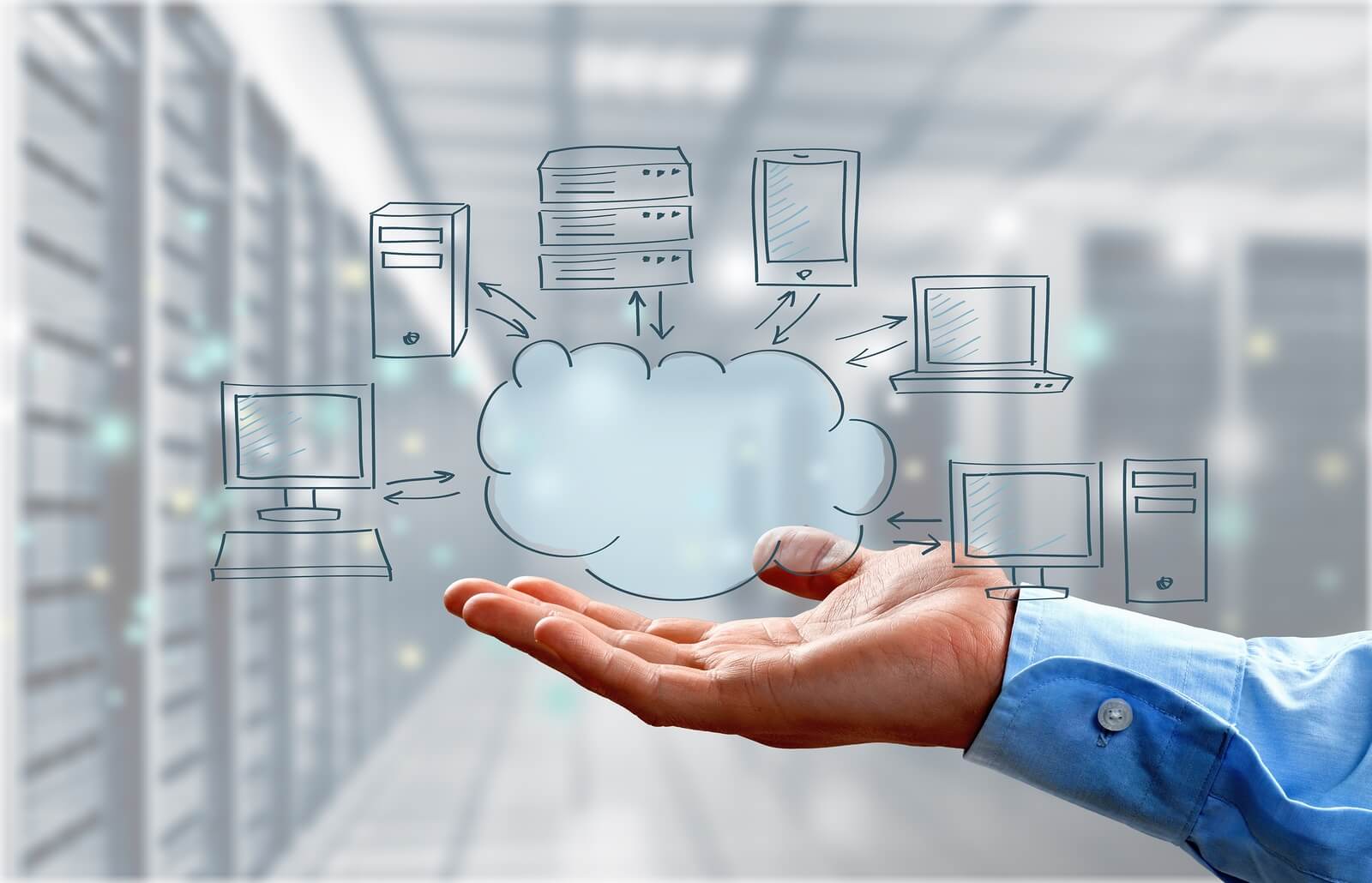
The future of PC storage is a murky one. A lot of bleeding-edge technologies today, such a 96-Layer NAND Flash, arrive first in enterprise solutions and usually trickle down to consumers, but we have to wait for them to arrive. While we can expect the price, capacity, and speeds of NVMe SSDs to improve over the coming years, the future of storage might be another in the cloud. We already use cloud storage solutions such as Dropbox, but most consumers rely on these services for backups and to access files from various devices.
With Gigabit internet plans, consumers can access and download their cloud files incredibly fast, but it's the upload speeds that can make all the difference. Right now, Comcast's Gigabit Pro offers both download and upload speeds of 2,000 Mbps, but that comes at a high price: $1,000 upfront payment followed by $299 per month.
Multi-gig service prices will fall and become widely available over the next decade. That won't immediately make your local storage redundant but unlimited space and access anywhere does have its advantages. Perhaps the future will see PCs with smaller capacities but much faster local storage as people store the bulk of their programs and data in the cloud.
Voice-controlled UI and AI
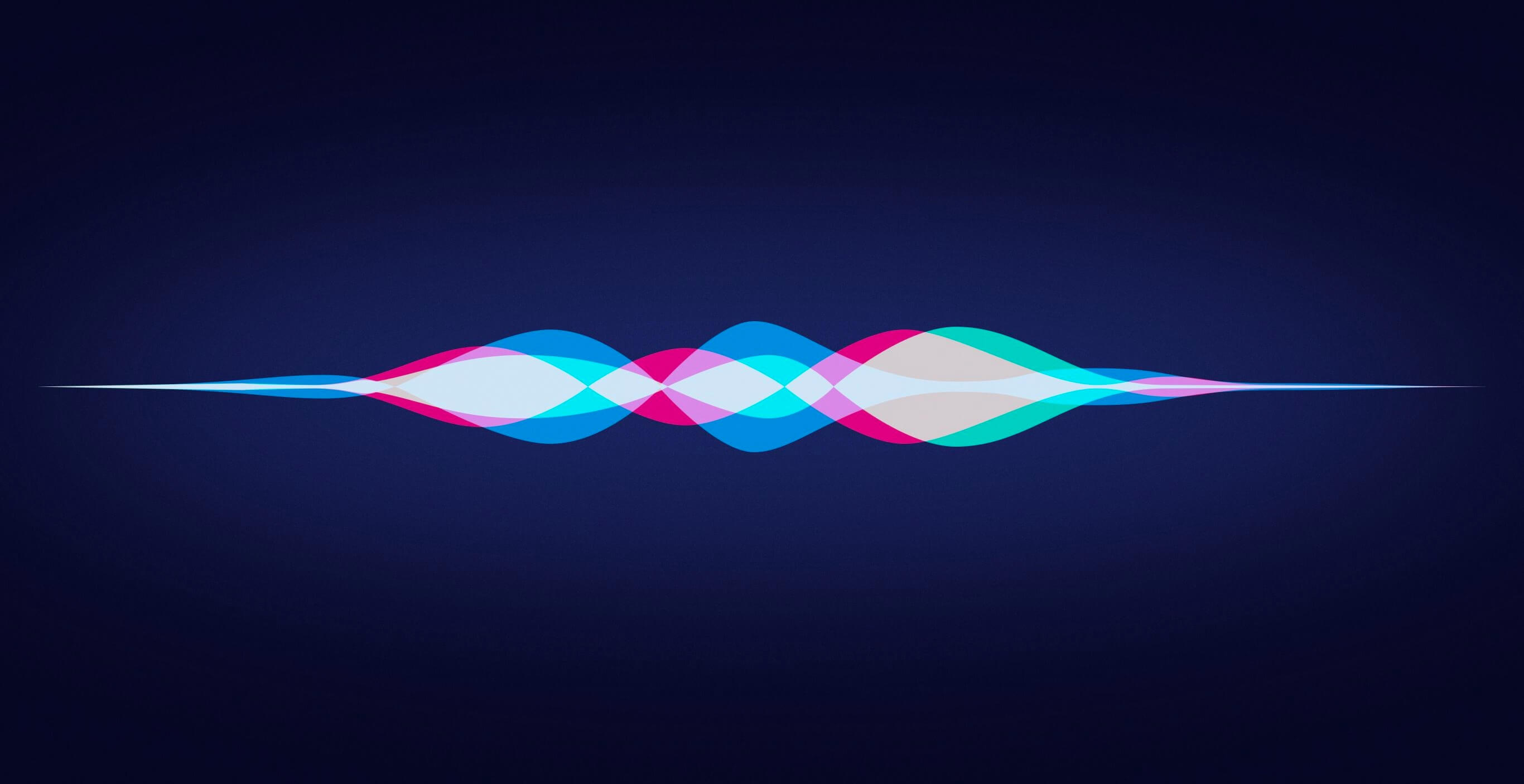
Microsoft will tell you Windows already has a voice-controlled virtual assistant in the form of Cortana, but it's not exactly Tony Stark's J.A.R.V.I.S. No AI is remotely close to that level, but is one area of technology that's advancing at an incredible pace.
In recent times we've seen AI that's convincing enough to fool humans, see Google's Duplex tech. While Alibaba's voice assistant, which is already being used in millions of calls, is said to be even better. It's certain that similar AI smarts will make their way into PCs, bringing improved voice recognition and contextual understanding. Eventually, we could be seamlessly controlling the entire user interface with our voices, and by 2030 or beyond, Cortana might be able to crush the Turing test and hold conversations with users just like a real human. Let's hope she's not too judgmental about what we do online, or develops a murderous personality.
Another advantage, or possibly a disadvantage, depending on how you feel about these things, to come from an advanced AI is that users could receive desktop notifications via voice. Rather than an annoying noise followed by a pop up, a hopefully less annoying digital assistant will inform you verbally of a new email invite and a Facebook friend's birthday. Imagine being able to instruct the assistant to reply to the email with short confirmation message and wish David a happy birthday. Will we even need our hands anymore?
An Operating System That Repairs Itself
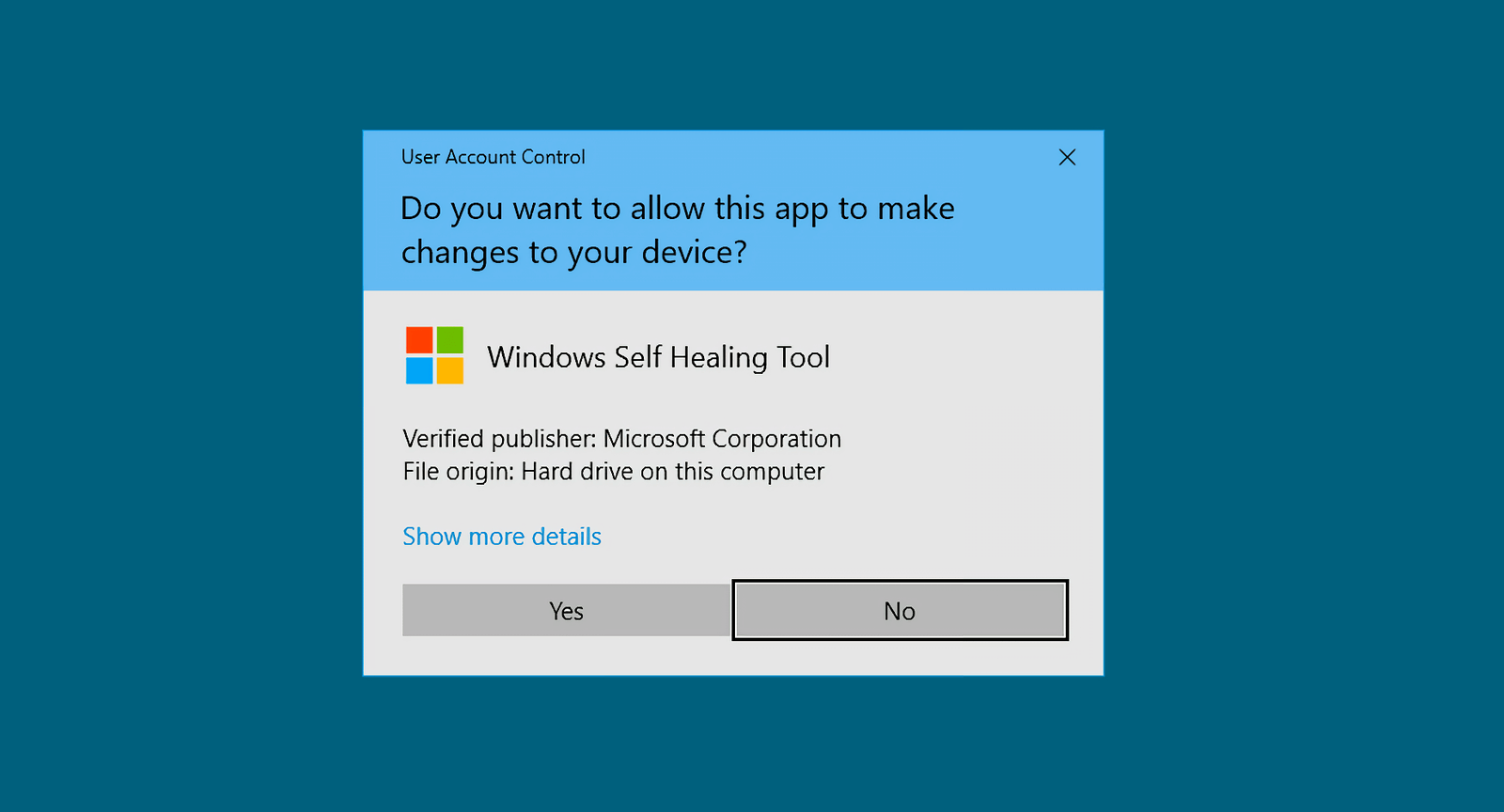
There are times when even the most tech-savvy among us develop a problem with our computers, be it slowdown, constant blue screens, or another issue that we struggle to resolve. While there are plenty of diagnostic tools, there's plenty of room for improvement in this area.
The idea of an operating system that can repair itself has been around for years---Windows 7 was hailed as the first self-healing OS---but identifying a problematic graphics driver, for example, and asking if you want to roll it back might be seen as an archaic feature in a decade.
Imagine an operating system that could identify a problem without the user needed to run a diagnostic check. It could then perform the necessary fixes automatically, correcting an issue before you even knew it was there. Software that never breaks? Now that would be a perfect future.
Virtual Reality
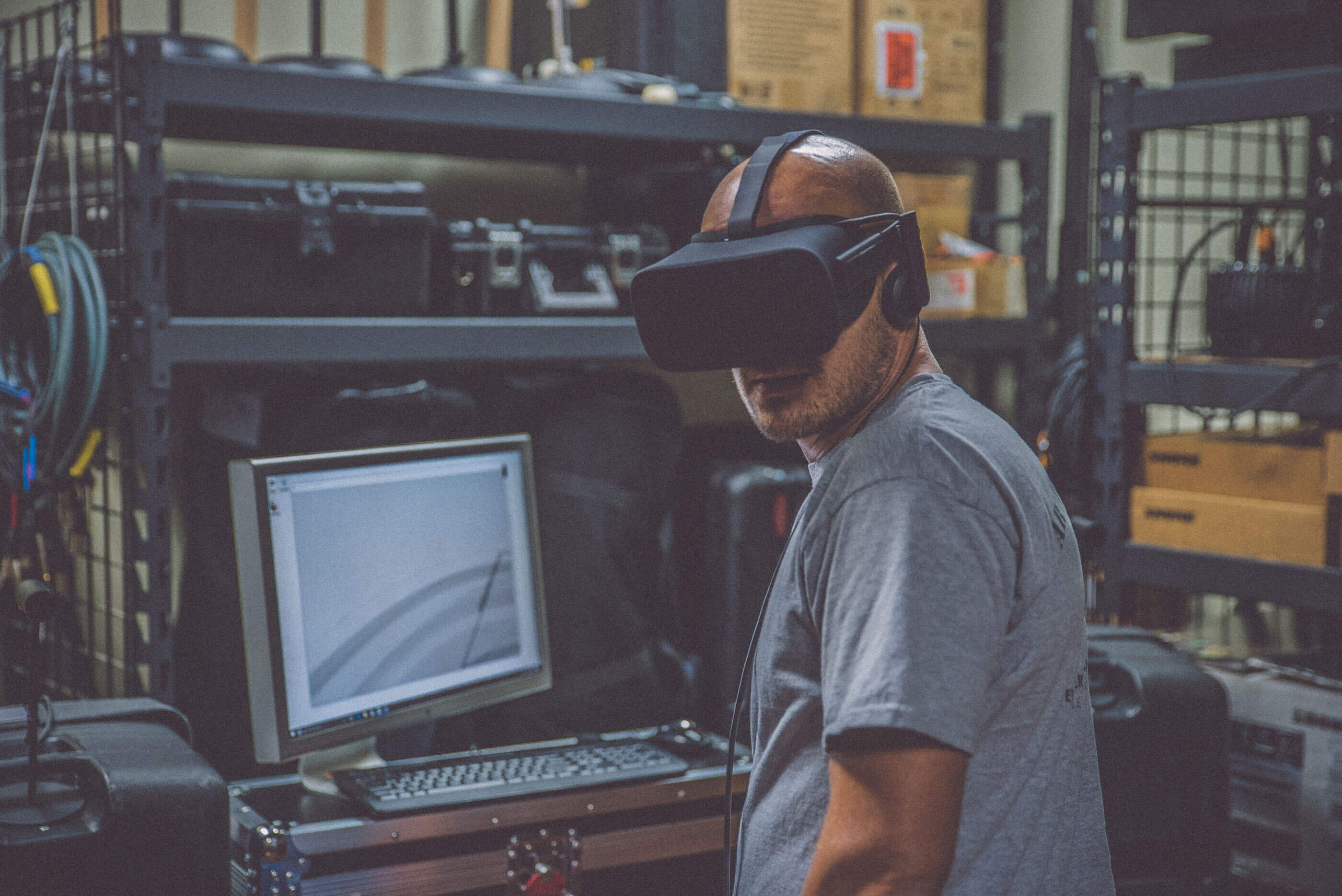
While VR headsets have been around for a few years now, there are still issues preventing them from becoming mainstream. Games are getting better, but there's still no killer app that demands you fork out on one of these devices, which, despite recent price cuts, remain expensive.
New and improved versions of the Oculus Rift and HTC Vive are now available, along with the latest $3,500 version of the HoloLens, but they're still not enough to convince consumers that VR, or, to a lesser extent, AR, has a long-term future. That could change as the hardware evolves however.
Expect VR/AR headsets to become lighter, cheaper, more powerful, and less cumbersome over the years, with new iterations of Magic Leap, HoloLens, Vive, Rift, and others. In the near-term, we'll see higher resolutions, improved refresh rates, better eye-tracking, new wireless technologies, and less lag; long-term, perhaps we'll end up with a piece of wireless kit that resembles something closer to Google Glass. As for the dream of a Star Trek-style Holodeck, expect the dream of spending an hour on one with Seven of Nine to remain a fantasy until at least the next century.
Hopefully, AR/VR software will advance in line with the hardware and it won't take too long before that elusive killer app arrives. One of Facebook's long term bets is that you could shop or socialize using this kind of technology.
How about your ideas for the future of the desktop PC?
Those who enjoy building their own computers might not find the prospect of moving on as appealing, and you can't beat a nice case for showing off your shiny hardware. Honestly, we don't see that going away any time soon either.
Image credit: Robot typing, power button, virtual reality
